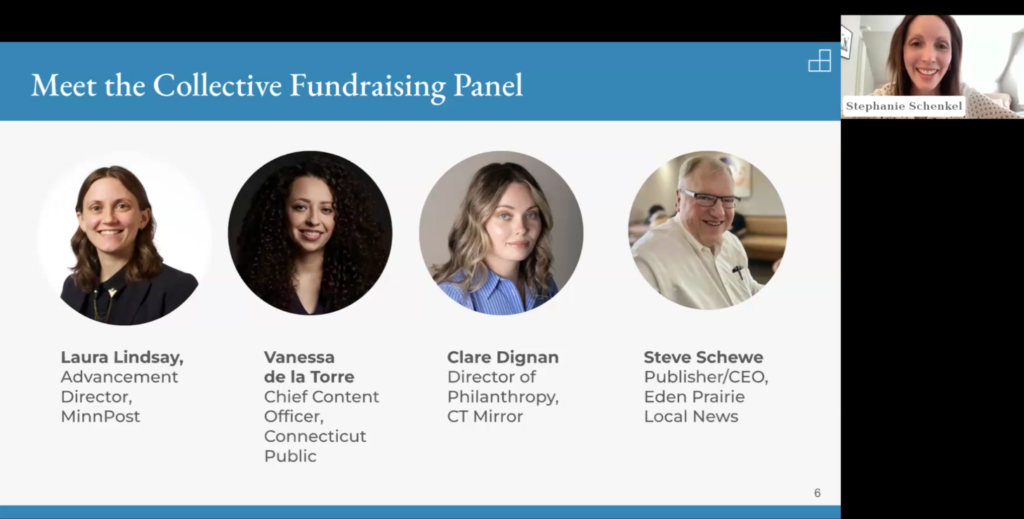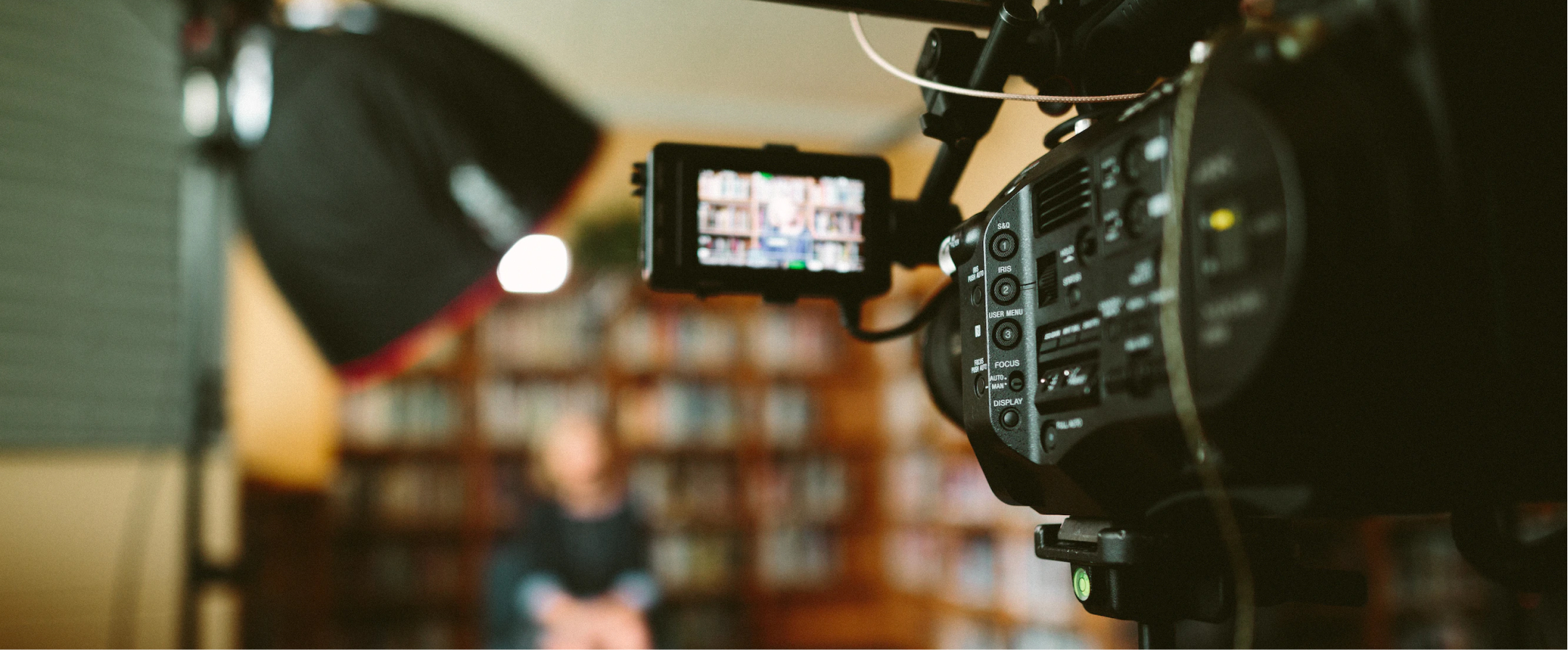‘Stronger together’: Insights on collective fundraising from newsrooms that have done it
March 17, 2025
Last May, MinnPost and Sahan Journal – both INN members – organized a collaborative fundraising project around World Press Freedom Day 2024. The two newsrooms, both based in Minnesota, shared a pooled fund that would pay out a match to both organizations of any gift donated to one of them. They raised a combined $12,500 including the matching grants, exceeding the goal on both sides.
“It felt like a natural fit,” Laura Lindsay, MinnPost’s advancement director, told attendees at a recent INN webinar. “We already had a good relationship with Sahan [Journal] and it just made a lot of sense for us to work together and use our different strengths as organizations.”

This is just one example of collective fundraising featured as a case study, which was published in January alongside a DIY Guide to Collective Fundraising to help newsrooms understand and establish collective fundraising of their own.
The 23-page DIY Guide is structured around a set of two pillars: establishing the foundations and ways of working. The guide includes specific activities and tasks for newsrooms to complete, such as forming membership of the collective and setting up infrastructure for governance and decision making.
Collective fundraising is collaborative, adaptive and seeks to expand available resources, said Kerstin Tebbe, the founder of Collective Mind, the organization that partnered with INN on the DIY Guide.
“Collective fundraising ultimately seeks to increase the size of the pie of available funding rather than just resort to competitively vying for a greater slice of that pie,” Tebbe said.

The DIY guide also includes supplemental resources like discussion questions and sample documents like Memorandums of Understanding (MOUs).
Vanessa de la Torre, chief content officer at Connecticut Public, said a MOU is necessary for the New England News Collaborative (NENC), which is made up of 10 regional news stations that share content, resources and funding. The NENC began as an effort to share content across public stations, funded by a grant from the Corporation for Public Broadcasting (CPB) that was coming to an end.
“We had to dive into strategic planning with the stations,” said de la Torre.
The MOU exists to help lay out which station plays what role, she said. For example, Connecticut Public is responsible for applying to grants from foundations and other entities on behalf of the NENC.
“We are stronger together than we are alone,” she said.
While Connecticut Public is a key player in the NENC, the station also shares a reporter with CT Mirror – another example of collective fundraising featured in case studies.
CT Mirror’s federal policy reporter left a few years ago, and at the time they couldn’t hire another one due to budget restrictions, said Clare Dignan, CT Mirror’s director of philanthropy. She said Connecticut Public was also missing that connection with federal policy news, and since the two newsrooms have collaborated on other projects before, it made sense to share a reporter.
The reporter is funded by individual donors – not by a grant – so the organizations specifically sought out people who were interested in the collaboration itself as much as they were interested in the journalism.
“We’ve been doing this for three years now… I think we would both consider it a huge success,” she said. “Even though [the reporter] does in-depth reporting for the CT Mirror and she’s on the radio for Connecticut Public, she’s never really felt any tensions being with both organizations, either.”
But collective fundraising is about experimenting, and it doesn’t always lead to the predicted success.
In October 2023, Eden Prairie Local News, a hyperlocal newsroom in Minnesota, hosted a town hall meeting on the impact of AI with the Eden Prairie Chamber of Commerce. The two organizations had initial meetings where they established a division of labor and a plan for roles and responsibilities.
“It didn’t turn out as well as we had hoped,” said Steve Schewe, the publisher and CEO of Eden Prairie Local News. “We raised about half of the money we thought we would raise. The revenue was around $9,000 as opposed to 20,000.”
But Schewe said there were benefits to the event.
“It raised our visibility, it strengthened our relationship with the Chamber, and we’ve since gone to significantly higher levels of NewsMatch and capital funding.”
Stephanie Schenkel, INN’s Network Philanthropy Directory, led the webinar and said she hopes the guide will give newsrooms the confidence to get started with their own collective fundraising.
Access the free DIY Guide and reach out to Stephanie with questions.
